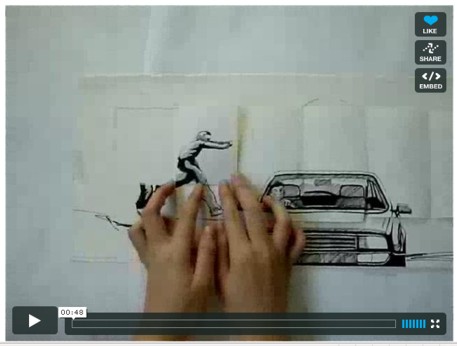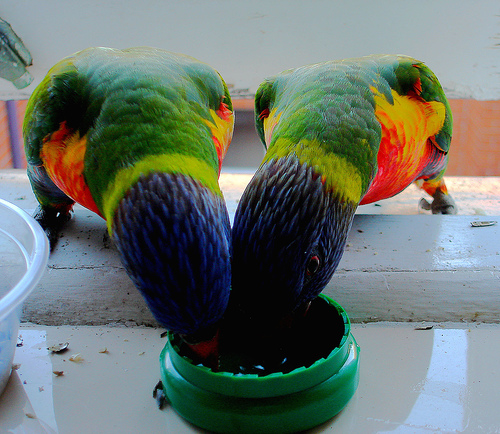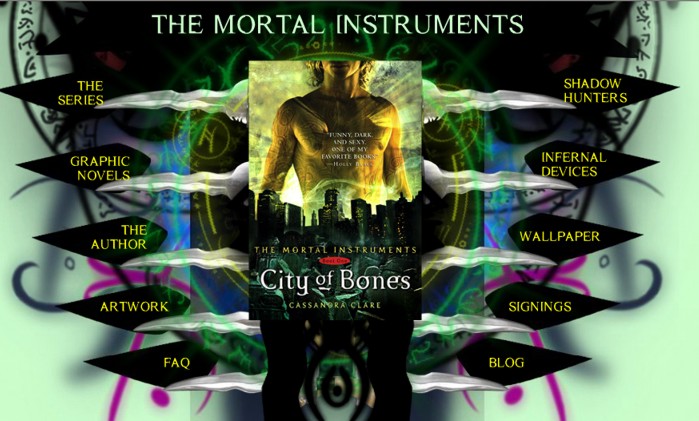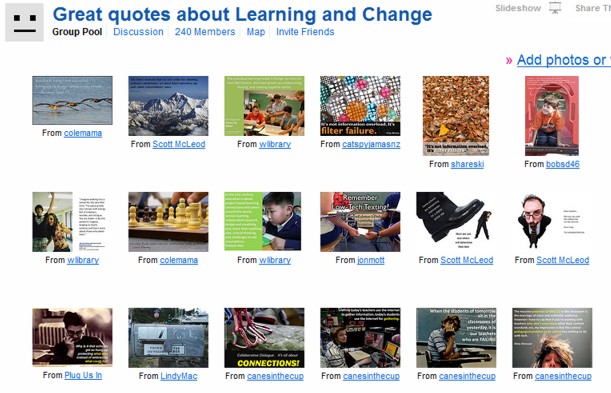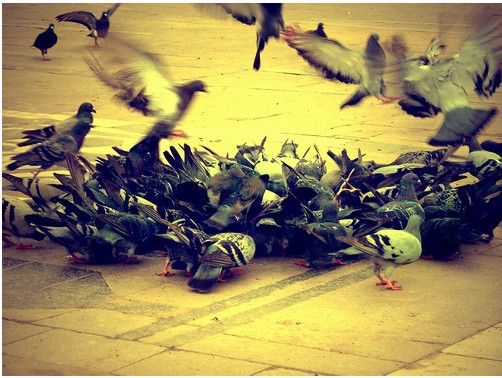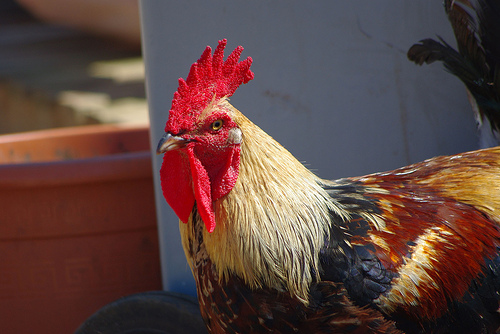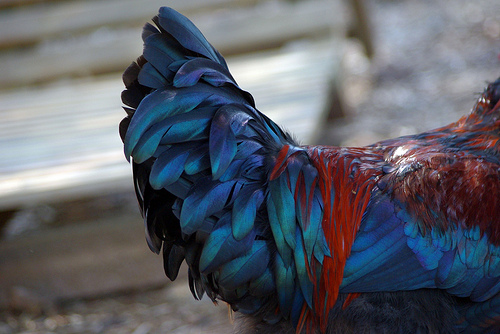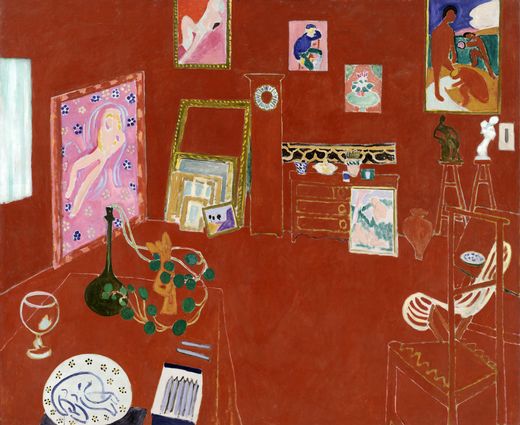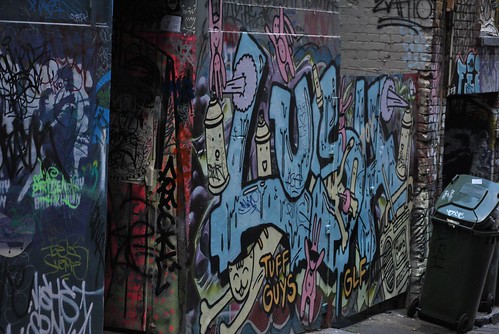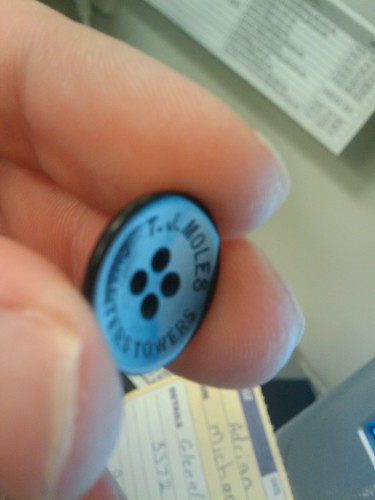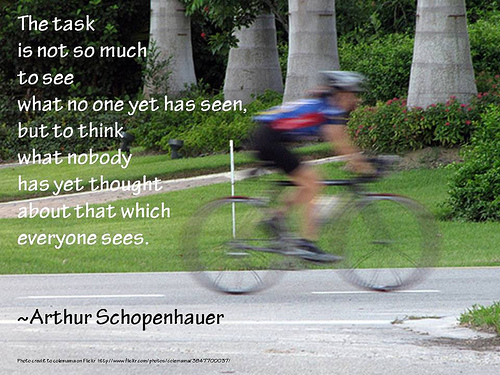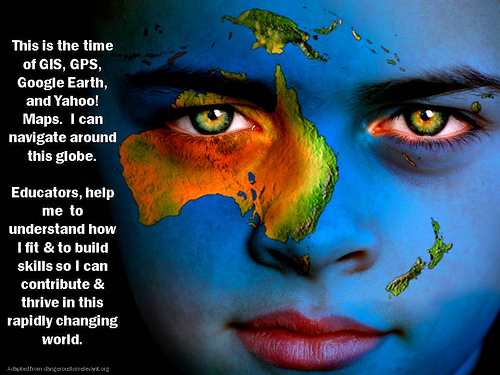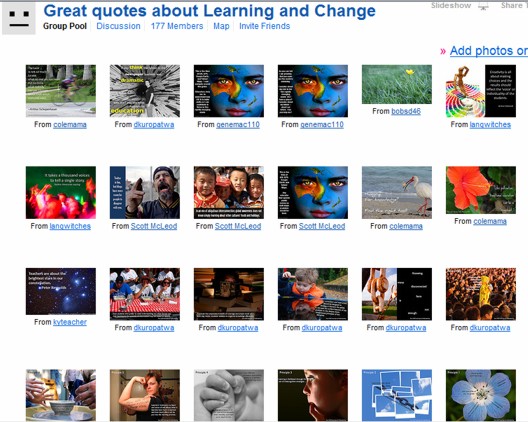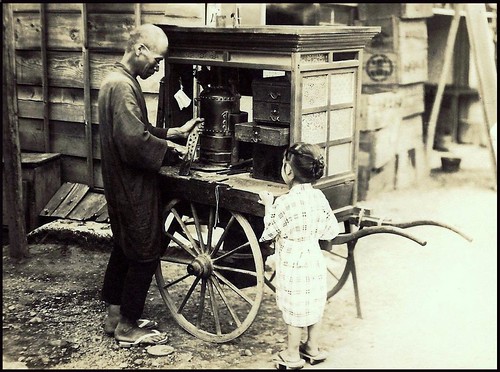
Photo courtesy of Okinawa Soba on Flickr
If I’m going to convince others about the whole point of Web 2.0 technologies, not just teach them how to use the technologies (what for? being the pivotal question), then I’m going to have to sort through for myself what it means to learn from and with other people (as opposed to the traditional learning from books, teachers).
Here’s an example. I’ve been reading the photo blogs which are part of a 2010 flickr challenge. Many of the blogs I follow are written by those living in the northern hemisphere. It’s interesting observing opposite weather patterns, for example, of those celebrating Christmas and the new year in snowy winter while I’m experiencing sweltering heat with temperatures in the high 30s in Melbourne today. Not only is the blog reading informative but the conversation is satisfying, and underpins the joy of learning from people who are real, who have a sense of humour and can answer your questions.
I’ve been enjoying sinikka’s blog. Sinikka writes from Finland so, for example, I learned about Finnish Christmas and post-Christmas customs. Not only that, but I could tell her about our Russian customs. Again, learning through conversation. Not static, dynamic learning.
Some blogs are very specialised. The library history buff blog is very impressive in its range and detail of information about the history of American libraries. You’d be surprised how esoteric some blogs are.
Photo from Library History Buff Blog.
Recently I’ve been mesmorised by the Flickr photostream of priest Maxim Massalitin who shares photos and information about Russian Orthodox churches. He’s from Kiev, and currently lives in France. He seems to have done his research about the churches and monasteries he photographs. In this way, writing blogs and posting photos on Flickr becomes a learning experience for the author too; information is retrieved and provided at point of need. It’s a great way to learn for me, like virtual travel. This photostream contains beautiful iconography, and I love the Byzantine tradition. It’s interesting to see so many different churches and monasteries and to read about their history.
Photo courtesy of H.Maxim on Flickr
I think it’s good to think about what learning means. Does it only happen at school? Obviously not. But we may not realise how much of it happens outside of traditional environments. Think back to when you finished school or university – did you think the main part of your learning had been completed? Well, sure you didn’t. But did you realise that you’d barely begun?
Maybe we don’t think that way but kids sure do – at least younger teens. If you don’t give them a written assignment to complete and hand in for correction, they don’t consider themselves working. Spend the lesson having a discussion which peels away at layers of understanding, and you’ll still be the only one considering this work. The kids won’t think they’ve learned much unless it’s on paper and with a percentage or grade.
My elder son has recently discovered a passion for photography. Now that he’s on University holidays, he has been able to spend a lot of time taking photos, learning how to play around with them, and reading books and manuals about photography. He has spent many, many hours of his time voluntarily researching and learning. And he is loving it. The best example of out-of-school learning. I note that it takes time, and unlimited, but focused learning can be very, very productive. He also commits to daily posts in a blog celebrating his final year as a teenager. Self-initiated and passion-based learning.
Photo courtesy of phillipsandwich on flickr
Every day I learn so much that is interesting from people online – people who share their expertise and special interests, and who are willing to communicate with others. So much more engaging than learning facts from a static page. We can learn a lot from each other.




